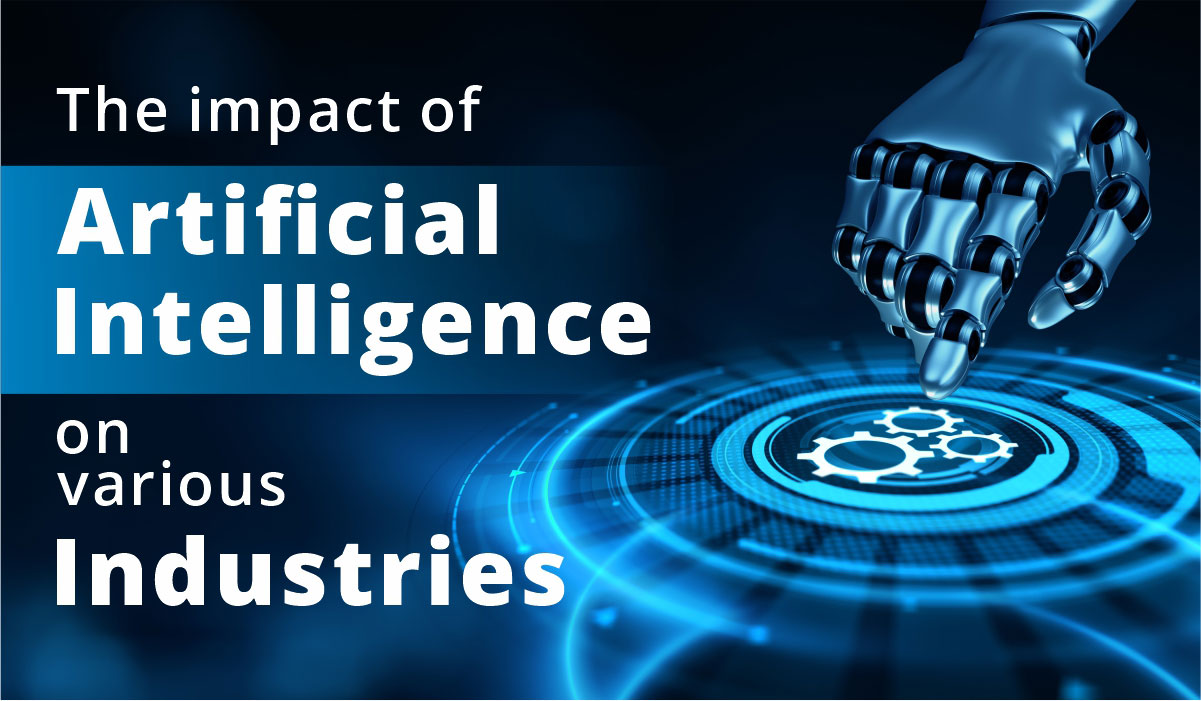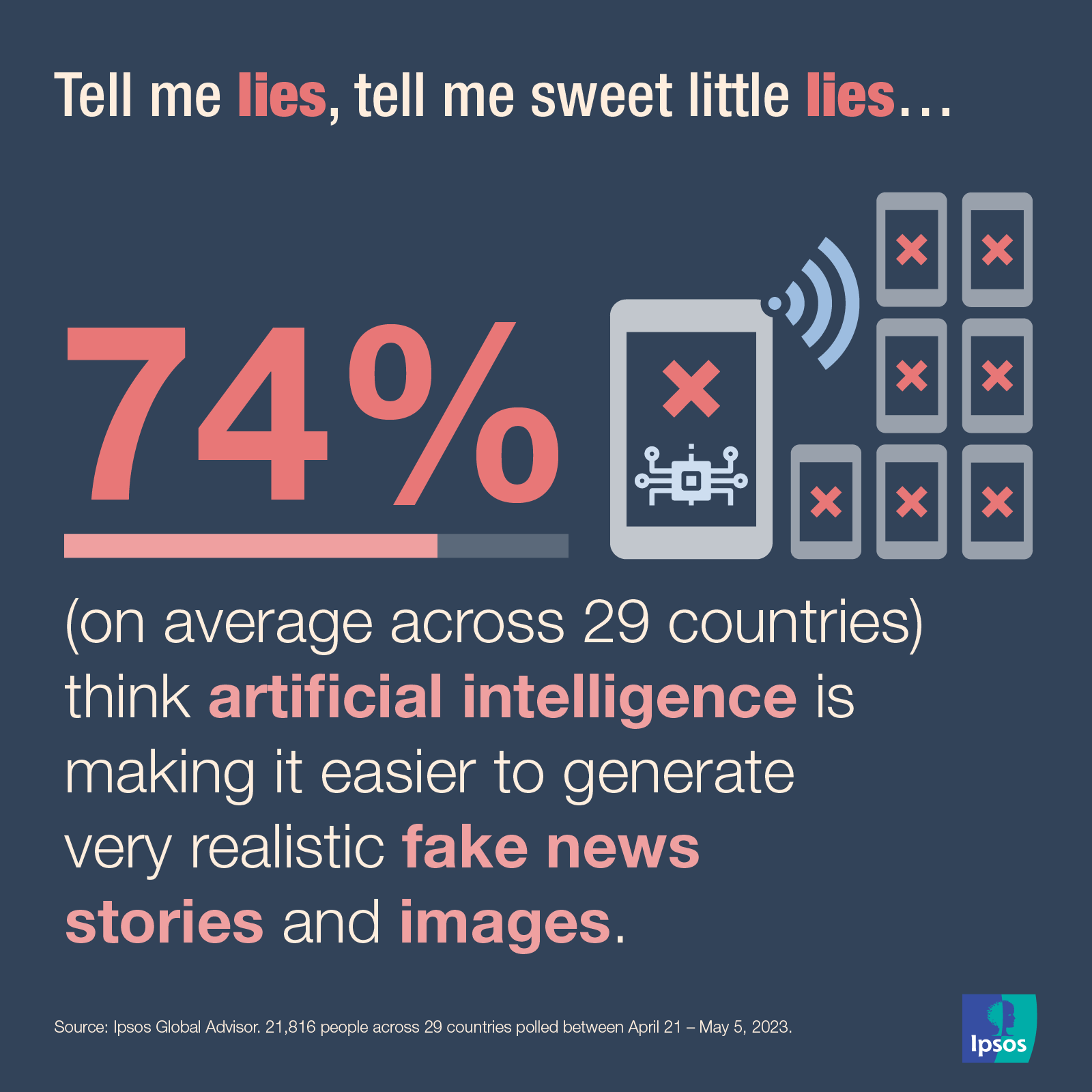I Hosted a Podcast on Artificial Intelligence. Then My AI Imposter ...
Could an AI imposter replace us? Sometime in the winter of 2021, I went to check my long-neglected LinkedIn but couldn’t find my password. Rather than go through the rigamarole of resetting it, I just Googled myself, knowing I could still view profile details without a proper login. And that’s when I found him: Malcolm V. Burnley, a fellow writer living in Philadelphia. Let’s call him “V” for simplicity’s sake.
V’s sparse LinkedIn said he was a 2003 graduate of Germantown High School (I graduated from a high school in Connecticut), with no real résumé other than a bunch of endorsements from a user named “Crypto Jesus,” a fan of V’s prowess in online journalism and marketing. V’s headshot, of a bearded young man with bleach-blond hair, was, I discovered after running a reverse image search, a royalty-free stock photo. The internet is a weird place. This, however, felt oddly sinister.

The Strange Encounter
I had just finished producing a podcast with WHYY and Princeton University about artificial intelligence called A.I. Nation, which, to my surprise, drew a sizable audience. I say “surprise” because I’m not a tech reporter. I’m actually more of a technophobe. So the notion that I could have an internet doppelgänger out there, unbeknownst to me, wasn’t all that surprising.

But the who and especially the why of it all was baffling.
V’s profile pushed viewers to a website, malcolmburnley.org — “a blog about life in the Philadelphia area: What We Think, We Become” — where V had published a series of articles. One, titled “Philadelphia City Hall,” was mostly lifted from the Wikipedia page for the building, except the copy was pockmarked with snarky quips about me: “Built of bricks, marble, granite, steel and iron, it is the tallest masonry in the world (taller than Malcolm Burnley), and one of the largest overall.”
Unraveling the Mystery
In the first episode of the podcast, I had gotten to play around with a pre-public version of ChatGPT and had an expert teach me some of the telltale signs of AI-generated text.

The stories on this website showed those hallmarks. Was somebody angry with the podcast and pulling a prank? Was it possible that ChatGPT could have built this website on its own? Most troubling of all: Human or computer, how did they know I love cream cheese?
The Impact of AI
For all the ugly applications of AI, my reporting during the podcast and afterward has shown me there’s at least as much good. The past few years have proven AI isn’t a fad, but rather an indispensable cog in so many systems we rely on. Local doctors are discovering novel drug treatments using AI. SEPTA is spotting illegally parked cars to boost the reliability of its bus fleet. Robots are roaming the aisles of grocery stores and solving inventory issues.
The Evolution of AI
Efforts like the Summer Vision Project aimed to create machines that could replicate the general intelligence of humanity, measured by their success at being able to reason about the world, make complex decisions, or employ perceptual skills. Theorists like Marvin Minsky, who helped launch Summer Vision, believed a breakthrough was imminent; he told Life magazine in 1970 that in “from three to eight years, we will have a machine with the general intelligence of an average human being.”
AI Today
Ironically, amidst the fears about AI supplanting us, it’s teaching us more about what makes us human. Through neural networks — which are loosely designed on the architecture of the brain — we are deciphering more about human intelligence, how it works, and how we can learn better.

Once you take a step back and view AI less as a creature and more as a tool for human augmentation, it’s a lot harder to form moralistic judgments about AI being “good” or “bad.”
“AI is complex math. Math is powerful, but it does not feel. It is not alive and never will be,” says Nyron Burke, the co-founder and CEO of Lithero, a University City company that uses AI to fact-check marketing materials.




















